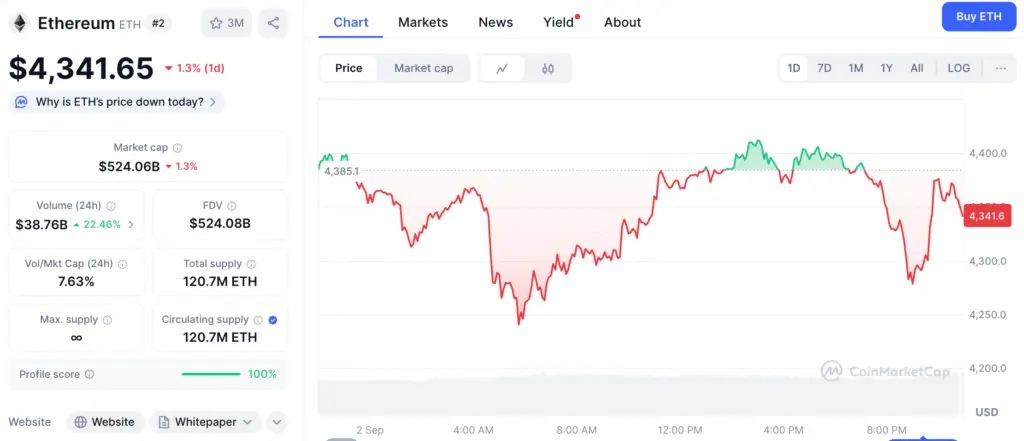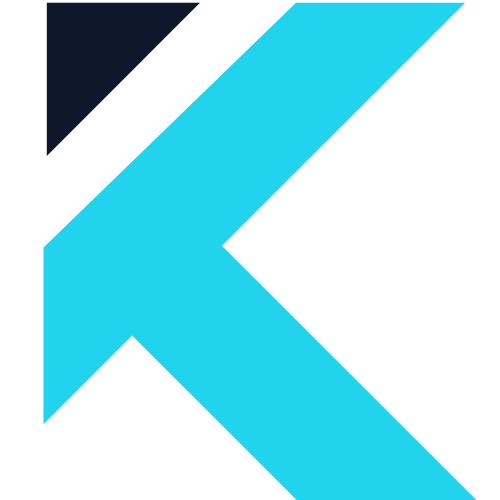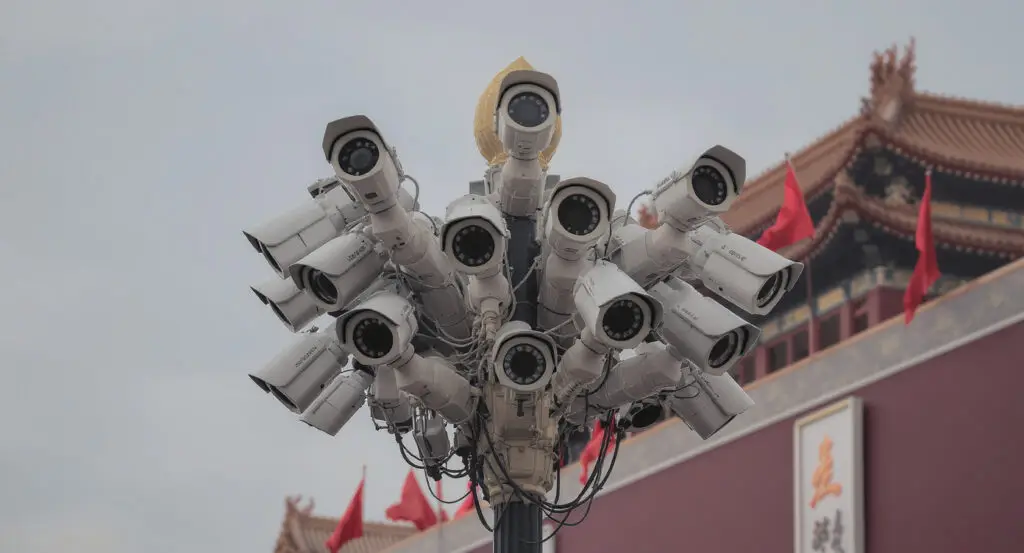Ethereum’s Biggest Testnet Sunsets After Two Years of Service
The Ethereum Protocol Coordination team has said that the Holešky testnet will be turned off. This is happening two years after it started. It was the biggest place on the network for validators to set up. This is a big change for the ecosystem.
The decision was made public on the official blog page. Developers said that validator nodes would be taken down. This will happen once the Fusaka upgrade is complete. This shutting down ends a long chapter.

A Victim of Its Own Success Holešky Testnet Retired
In 2023, Holešky was made to test Ethereum’s system under stress. It quickly became the biggest testnet open to the public. But its size made things very difficult. Offline validators not doing anything led to huge backlogs.
Validator exits were taking a long time, sometimes months. This made Holešky less useful for developers. The network was no longer useful for what it was meant to do. This made them decide to retire it.
Ethereum Launches Hoodi to Improve Upgrade Testing
Ethereum made a new testnet to give people a fresh start. Hoodi is the name of the new testnet. It takes on the same role as its predecessor. It checks how validators and staking providers work.
Hoodi doesn’t have the same problems with its structure. It makes the environment work better. Now, developers can upgrade and test their work more quickly. This is an important step for the network’s future.
Recommended Article: Ethereum Price Analysis: Big Investors and Important Support Levels
Ethereum’s New Strategy for Specialized Testnets
Even though Holešky is coming to an end, Ethereum’s testing ecosystem is still very diverse. Sepolia is still in charge of smart contract trials. Ephemery offers short validator cycles that can be reset. This new way of doing things shows a change.
There are many testnets instead of just one big staging ground. Each testnet is made for a certain use case. This change shows that Ethereum is working to make its network bigger. It makes sure that upgrades can be done with fewer problems.
An Explanation of the Roles of Sepolia and Ephemery
Sepolia is now in charge of making applications and tools. This is for the next year. Hoodi will be used for staking providers and validator testing. This will keep happening until 2028. This specialization keeps new problems from happening.
You can use Ephemery for light testing. It starts over every 28 days. This gives developers new ways to test their work. This new network of testnets is very important. It is helping Ethereum grow up.
The Growth of Ethereum’s Testing Ecosystem
Holešky’s retirement is a big change for Ethereum’s testing ecosystem. It has been shown that size can be a problem. The network is now moving toward a new way of doing things. This new model is much more adaptable and useful.
Holešky gave us useful information about how large-scale validators work. These lessons have helped shape Hoodi’s design. This is a very good thing for the whole ecosystem. It shows that the network is getting better at what it does.
Ethereum’s New Testnet A Major Step for a Safer Network
Ethereum’s new, specialized testnet environment makes it easier to test and deploy upgrades. This is an important step for the network’s long-term health. It will make the network much safer and more stable.
This change is part of Ethereum’s larger goal of making the network more scalable and efficient. It is a very important part of the network’s plan for the future. Ethereum has a very bright future ahead of it. The developers are putting in a lot of effort to make sure everything runs smoothly.



















